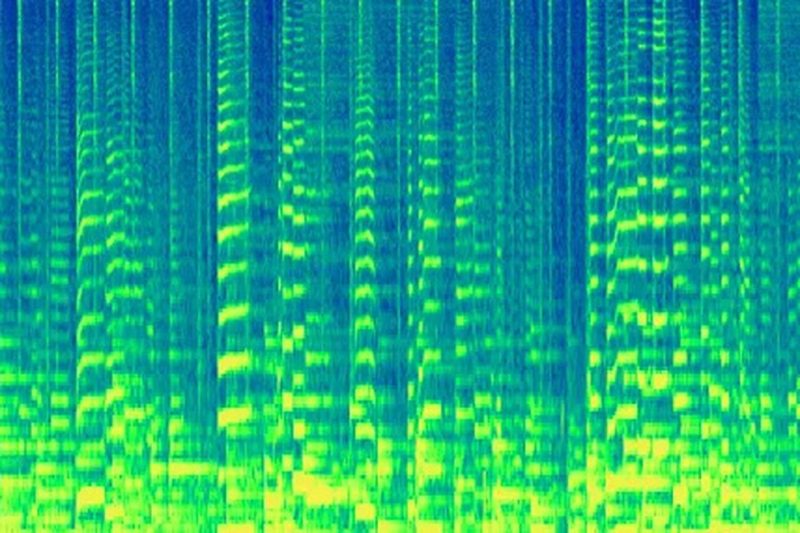SynthID works by converting audio into a visual spectogram and adding a visual watermark. | Image: Google
Audio created using Google DeepMind’s AI Lyria model, such as tracks made with YouTube’s new audio generation features, will be watermarked with SynthID to let people identify their AI-generated origins after the fact. In a blog post, DeepMind said the watermark shouldn’t be detectable by the human ear and “doesn’t compromise the listening experience,” and added that it should still be detectable even if an audio track is compressed, sped up or down, or has extra noise added.
Watermarking tools like SynthID are seen as an important safeguard against some of the harms of generative AI. President Joe Biden’s executive order on artificial intelligence, for example, calls for a new set of government-led standards for watermarking…
